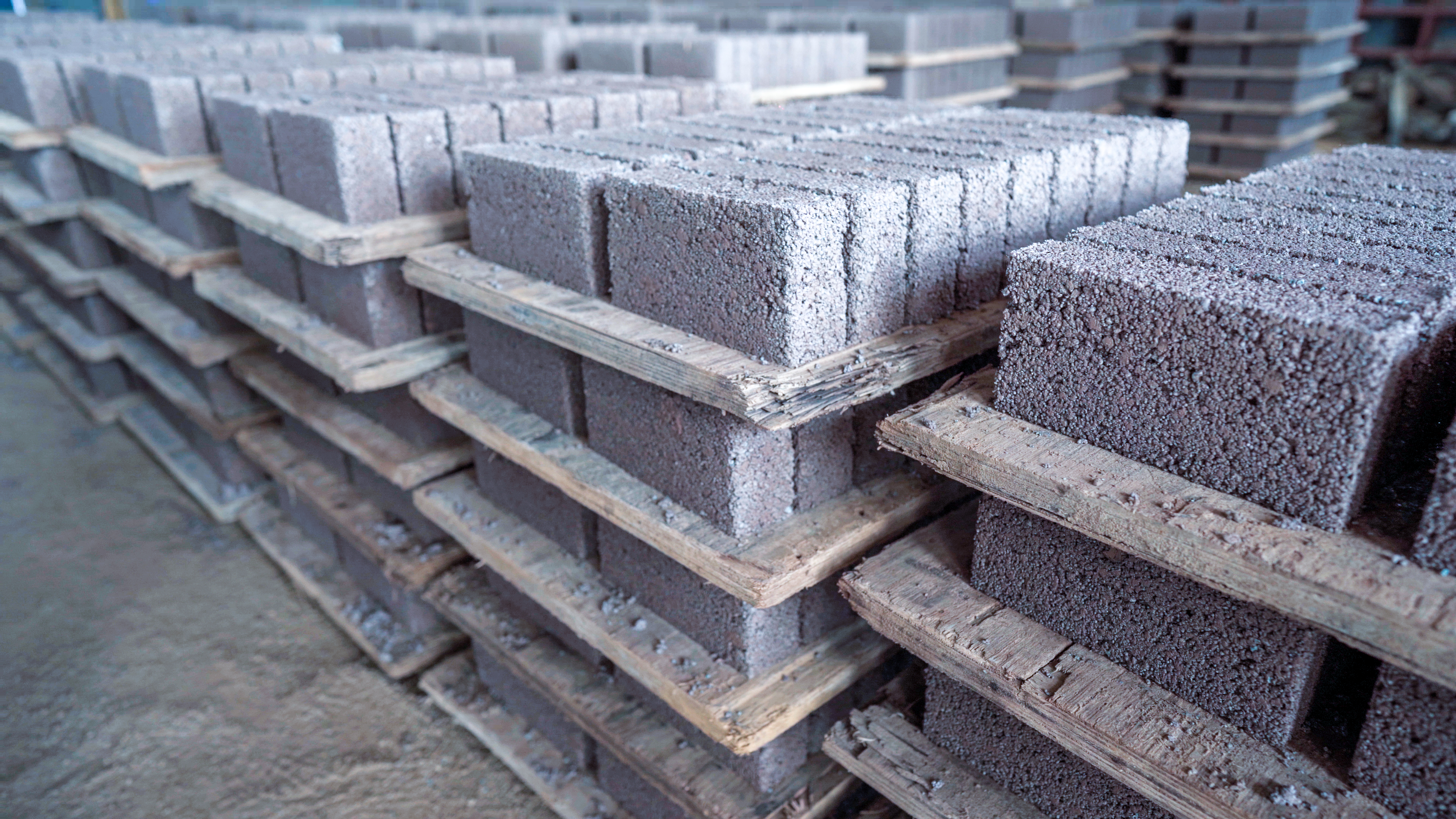


11 August 2025
In the metal processing industry, and particularly nickel, the ore smelting process produces a waste material known as slag. Nickel slag has long been considered a useless byproduct of nickel processing. However, with the advent of new technologies and growing awareness of the importance of sustainability, nickel slag is now being utilized as a high-value alternative raw material. From construction to reclamation materials, nickel slag has significant potential to be processed into products that support a circular economy.
Utilizing nickel slag is a strategic step towards reducing environmental impact, lessening the volume of processing waste, and opening up new opportunities in post-mining management. In Indonesia, several mining companies are beginning to seriously implement this approach—including Harita Nickel, known as a pioneer in productive and environmentally friendly nickel slag processing.
Nickel slag is a byproduct of the nickel ore smelting process, specifically the production of ferronickel. Slag is formed from elements that do not melt with the primary metal—such as silica, alumina, and magnesium—and which then solidify after cooling.
Slag is invariably considered to be industrial waste. However, if properly managed, it can offer great potential as an alternative construction material, an aggregate substitute, and even as a concrete admixture.
With increasing awareness of industrial efficiency and sustainability, nickel slag is now used in various sectors, such as:
With proper processing, nickel slag can not only reduce the volume of mining waste, but also become a source of high-value materials with a positive environmental impact.
As a nickel mining and processing company that upholds the principles of sustainable mining, Harita Nickel maximizes the potential of nickel slag to support operational activities while protecting the environment.

Nickel slag produced from the processing facility is used to produce construction materials such as paving blocks, concrete blocks, and mixed concrete.
A specific example of this application is the construction of the Loji Central Nursery, a plant nursery facility used for reclamation. The nursery was built with 24,000 paving blocks, 146,000 concrete blocks, and 441 m³ of concrete, all produced using recycled nickel slag.
This initiative demonstrates that slag is not simply waste, but an innovative construction material that can strengthen the company's infrastructure while also reducing its carbon footprint.
Slag is also an integral part of reclamation programs for former mining sites. Harita Nickel uses slag material in the following ways:
This utilization is carried out in an integrated manner, and in line with good mining practices (GMP).
Harita Nickel continues to research and develop innovations to expand the use of slag, including its potential applications in the national construction industry. This approach aligns with:
Harita Nickel's utilization of nickel slag doesn’t just provide an innovative solution for industrial waste management—it also offers a range of positive sustainable impacts. Previously considered a waste product from the smelting process, slag is now reused for various purposes, including as a building material. This approach lowers production costs, while also significantly reducing the volume of solid waste that must be landfilled. Furthermore, the use of slag in infrastructure development supports greener and more environmentally friendly development. The economic value of this smelting waste also increases, making it part of a broader value chain. This utilization aligns with applicable environmental and mining regulations and strengthens the company's image as an industry player committed to ESG (Environmental, Social, and Governance) principles.
Nickel slag is not simply waste, but a hidden asset that can be transformed into high-value products—if managed wisely. Harita Nickel is a clear example of how a mining company can implement sustainable innovations, by transforming slag into useful materials and thereby contributing to environmental recovery.
By continuing to develop processing technology and expanding the use of slag in operational and reclamation activities, Harita Nickel underscores its role as an industrial player that is not only efficient, but also committed to being responsible for the future of the Earth.
Go Top